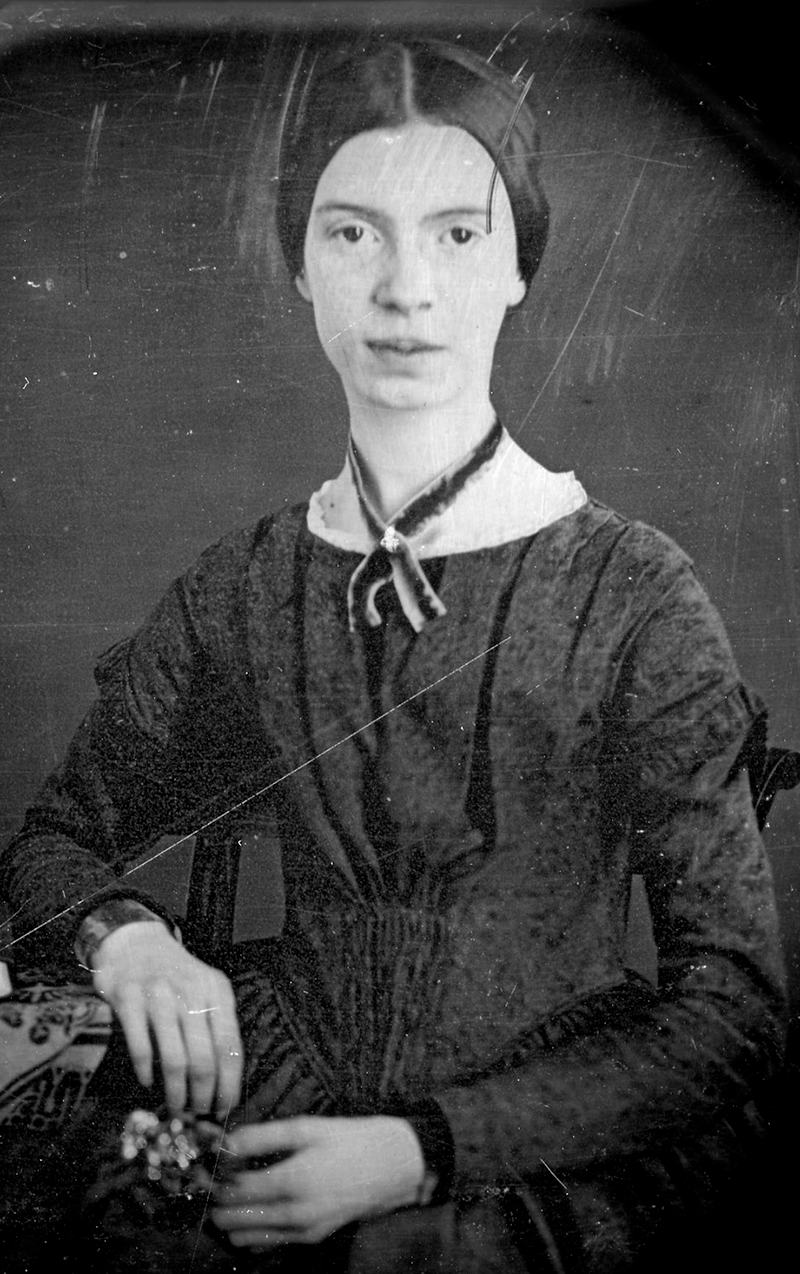"Who was Emily Dickinson?" is a question that scholars and fans have been asking for years.
It's difficult to put her in a box because, in a way, Emily Dickinson was many people at once. She was a woman. She was a passionate poet. She was a flower-lover and gardener. She was fond of children. She was mysterious. She was unusual. She was reclusive. She was a quiet rebel. She was witty. She was a reader and a letter-writer. She was a daughter, a sister, and a friend. She saw the world in a unique fashion, expressing her private thoughts in letters and poems throughout her life. In her work, she approached heavy subjects such as religion and mortality, along with more lighthearted, traditional subjects like love and nature.
However, beneath it all, Emily Dickinson was human.
She was a human who had childhood experiences that shaped her as she grew up and thoughts and feelings that needed to be expressed. That's exactly what Emily Dickinson did––she expressed the human experience, the good and the bad, through poetry.
–––––––––––––––––––
Emily Dickinson was born on December 10th in 1830 and died on May 15th in 1886.
Her parents, Edward Dickinson and Emily Norcross Dickinson raised her with a conflicting mixture of overbearing and detachment, greatly complicating their relationship with her and their other two children.
Emily’s mother, Emily Norcross Dickinson, was not in the best of health as Emily grew up, so Edward Dickinson preferred for his children to “not disturb Mother” (Habegger 98) when she was unwell, which was quite frequent. This, not surprisingly, had an affect Emily’s emotional development, making her feel unable to fully confide in her parents about her thoughts and concerns. From the letters Habegger includes in My Wars Are Laid Away In Books and the information he shares about her life, it appears that this requested distance possibly had some effect on Emily's struggle with emotional regulation––being overly expressive at some times and bottling up her emotions at other times.
Dickinson was also witness to several deaths in her younger years––the most notable one being her cousin's death, whom she helped to nurse on her deathbed. No doubt, these losses also affected her emotionally, especially as a child.
Habegger, Alfred. My Wars Are Laid Away in Books: the Life of Emily Dickinson. Modern Library, 2002.
Wineapple, Brenda. White Heat: the Friendship of Emily Dickinson and Thomas Wentworth Higginson. Anchor Books, 2009.
